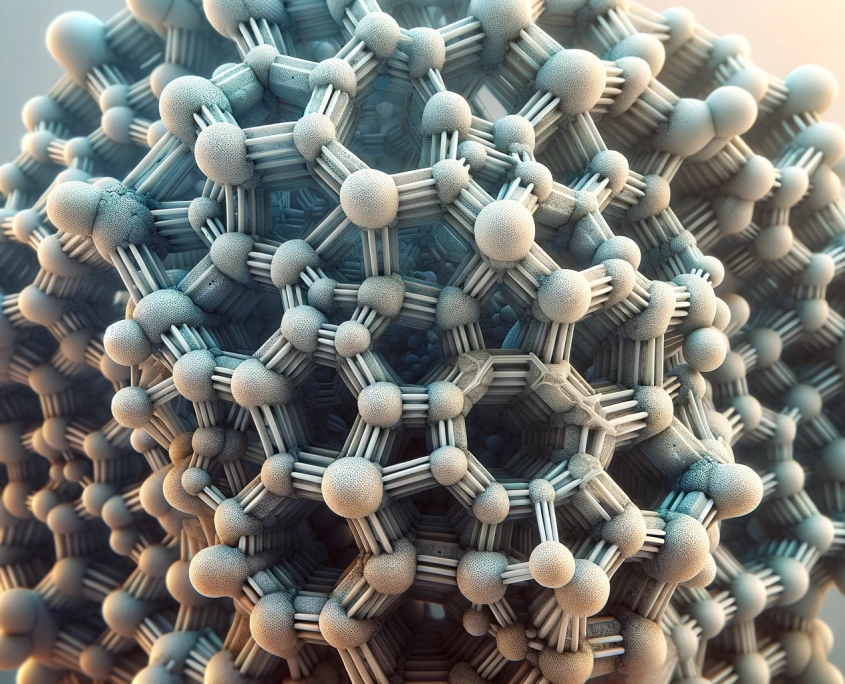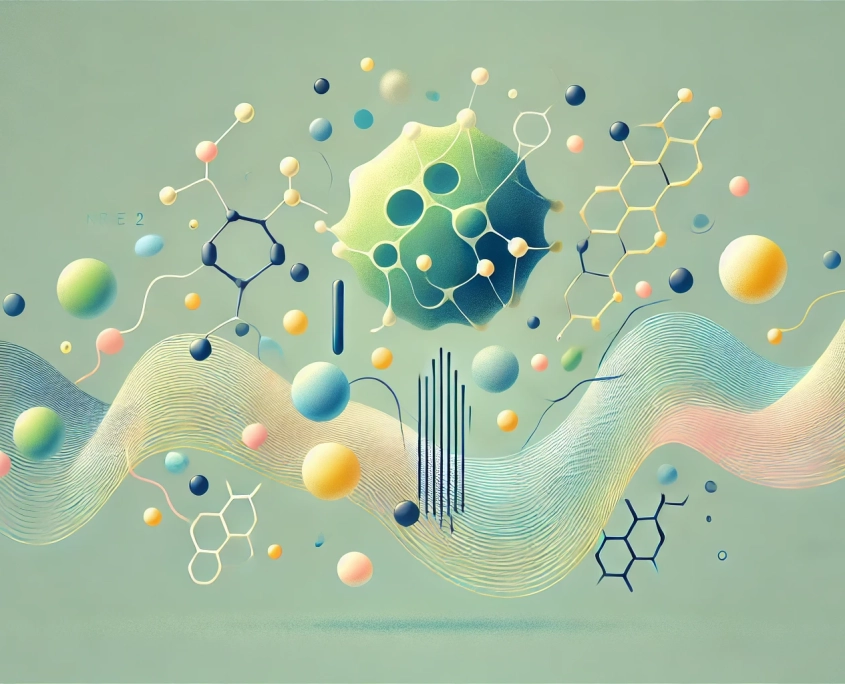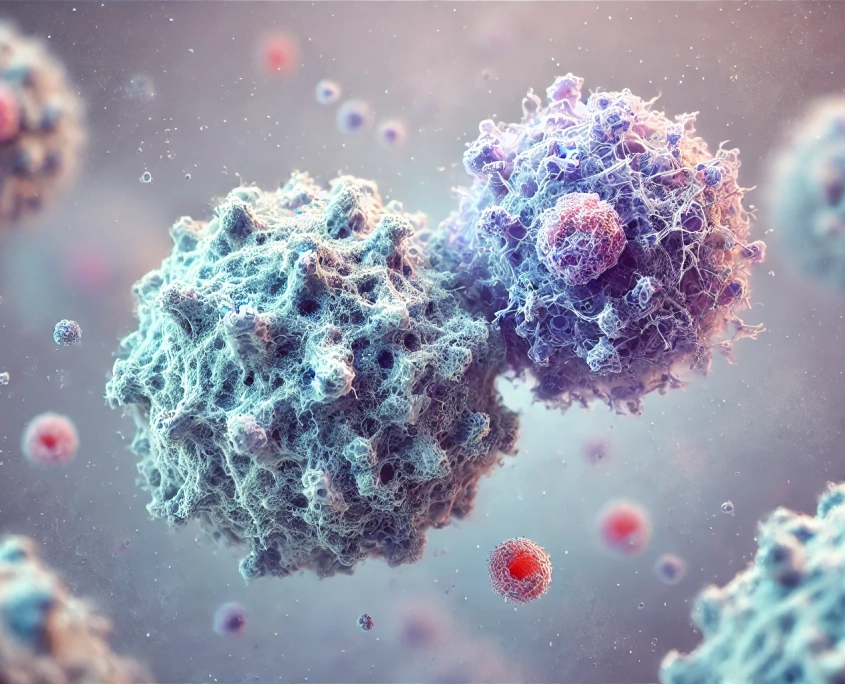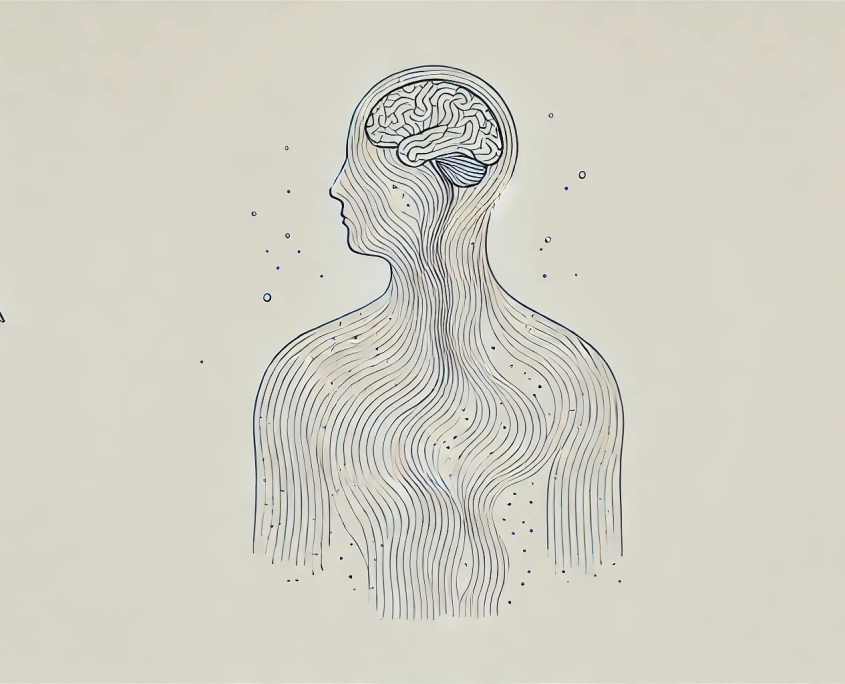
The LFA Method
Understanding How LifeForce Analysis Works
The LFA Method, short for LifeForce Analysis, is a systematic approach to assessing the body’s energetic, physiological, and informational systems. By integrating principles of kinesiology, bioenergetics, and quantum information fields, The LFA Method enables practitioners to evaluate deeper systemic patterns and processes. Through light contact with specific points on the body and interpreting neuromuscular feedback, this technique provides valuable insights into the interconnectedness of physical, energetic, and informational systems.
The Foundations of The LFA Method
At its core, The LFA Method recognizes that the human body functions as an interconnected network where physical and energetic components influence one another. This network communicates continuously to maintain balance and respond to stress, trauma, and environmental changes. The method evaluates this network by lightly touching specific points—areas of heightened bioelectric activity—and interpreting the body’s innate neuromuscular response.
- Tsubo Points as Gateways
The LFA Method uses key points on the body, often referred to as tsubo or acupuncture points, which are hubs of bioelectric and bioenergetic activity. These points correspond to systemic networks, including organs, tissues, and meridians. Light touch at these points allows access to real-time information about the body’s energetic and physiological state. - Neuromuscular Feedback
Through The LFA Method, practitioners assess the connection between muscles and specific organs or systems. Neuromuscular feedback is a cornerstone of the method, leveraging the body’s innate ability to reveal imbalances through subtle muscular responses. A strong or weak muscle response at a tsubo point reflects the health and coherence of the underlying system.
How The LFA Method Works
- Bioelectric Communication
The LFA Method engages the body’s bioelectric network, where signals travel through the nervous system, connective tissue, and meridians. By accessing reflex points, the method identifies disruptions or harmonies in the flow of energy and information. - Quantum Information Field Interaction
The LFA Method incorporates principles of quantum biology, recognizing that the body operates within a quantum information field. This field carries holographic information about the body’s overall health. Practitioners use tsubo points as access nodes within this field to detect imbalances at both local and systemic levels:- Local Insights: Specific areas of the body reveal imbalances linked to organs or tissues.
- Non-Local Insights: The interconnected quantum field reflects broader systemic patterns, offering a holistic perspective on health.
- Resonance and Coherence
The LFA Method evaluates the body’s resonance, which refers to its ability to maintain energetic coherence when stimulated. A strong muscular response signifies coherence, while a weakening response signals disharmony. This principle of resonance is essential for identifying areas requiring attention. - Dynamic Feedback
Through The LFA Method, the body’s innate intelligence provides dynamic, real-time feedback. This feedback not only reveals physical health issues but also uncovers the underlying energetic and informational patterns contributing to those issues.
Quantum and Energetic Dimensions of The LFA Method
The LFA Method leverages key quantum principles to go beyond traditional anatomical frameworks:
- Quantum Entanglement
The body operates as a unified quantum system. Disturbances in one area can ripple through the entire system. The LFA Method is sensitive to these non-local effects, detecting connections that conventional diagnostics may miss. - Wave-Particle Duality
The LFA Method acknowledges the dual nature of energy pathways: they function as both wave-like flows and localized points of energy. By engaging with these dual aspects, the method provides a comprehensive understanding of health dynamics. - Observer Effect
The practitioner’s focused intention during The LFA Method enhances its efficacy. Engaging consciously with the patient’s energetic field creates a collaborative process that deepens the insights gathered.
Scientific Foundations Supporting The LFA Method
LifeForce Analysis is grounded in scientific principles while incorporating insights from quantum biology and bioenergetics:
- Fascial Networks: The fascia conducts bioelectric signals and aligns with the meridian system, providing a physical basis for tsubo points accessed during The LFA Method.
- Neurological Reflexes: The neuromuscular feedback loops utilized in The LFA Method are well-documented in kinesiology and neurophysiology, supporting its ability to reveal systemic imbalances.
- Energetic Medicine Research: Research into biofeedback, coherence therapy, and energy medicine validates the principle that subtle energetic inputs can influence systemic health.
Patient Understanding of The LFA Method
The LFA Method provides a unique lens through which patients can understand their health. By addressing subtle energetic imbalances and systemic dynamics, it goes beyond identifying symptoms to uncovering the deeper patterns influencing well-being. Patients often describe the method as empowering, as it allows their body to communicate its needs and guide the healing process.
The LFA Method integrates bioelectric communication, quantum field principles, and neuromuscular feedback into a cohesive framework for evaluating and supporting health. By addressing the energetic and informational patterns underlying physical symptoms, it bridges ancient wisdom with modern science, offering a comprehensive tool for holistic care.









